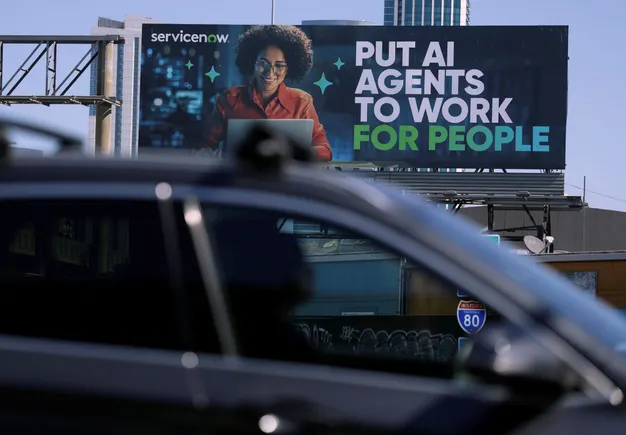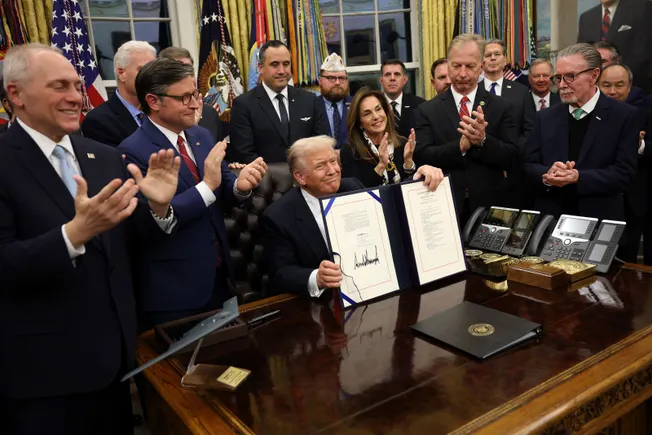HR often begins with tactical tasks like payroll, hiring and compliance – essential processes for any company.
However, as a business grows, so does HR’s role. Scaling teams, retaining talent and building a strong culture become critical. That’s where strategic HR comes in, focusing on talent development, succession planning, employee engagement and aligning workforce goals with company objectives.
Staying in the tactical zone for too long can limit an organization’s potential growth and efficiency. Businesses must integrate strategic human resources to remain competitive and thrive. But when is the time to move to the next level?
The truth behind the 50-employee rule
A common recommendation is to implement strategic HR once a company reaches 50 employees. Why? This is when federal regulations like the Family and Medical Leave Act (FMLA) and the Affordable Care Act (ACA) come into play, leading to more complex human resources challenges.
At around 50 employees, many companies also hire their first full-time HR specialist or generalist, making it easier to implement strategic HR initiatives.
However, this “50-employee rule” is not a one-size-fits-all benchmark. Waiting until this threshold could mean missing out on opportunities to streamline operations, reduce turnover and build a strong organizational culture early on. In addition, a smart HR strategy can help small organizations reach the 50-employee milestone more quickly and with a stronger team.
Why you shouldn’t wait
Delaying the integration of strategic HR could leave your company playing catch-up during critical growth periods. Here’s why having a strategic focus can be a game-changer at every stage of business.
- Build stronger talent pipelines. Effective recruiting lays the groundwork for consistent access to top talent. By identifying and building relationships with potential candidates early, you can minimize hiring delays that could hinder growth.
- Boost employee retention. Keeping your people motivated and productive begins with proactive employee engagement and robust development programs. When employees see clear pathways for growth, they’re more likely to stay loyal to your organization.
- Scale faster. Strategic HR can strengthen workforce planning, giving you the tools to identify talent gaps and fill them quickly as your business scales.
- Address challenges proactively. Prioritizing employee training and development can help your organization adapt to challenges like skill shortages or rapid technological changes.
4 signs your business is ready
How do you know it’s time to transition to strategic HR? Here are some key indicators that suggest your business is ready to make the shift.
- Struggles with hiring and retention
Are hiring cycles getting longer? Are you noticing high turnover rates? Interviews, onboarding, performance reviews and more can benefit from strategic input to create better experiences for candidates and employees.
- Productivity or culture challenges
Poor productivity, low engagement or cultural misalignment could indicate the need for targeted solutions – key areas where an effective, employee-focused HR strategy shines.
- Leadership gaps
If your business requires more skilled leaders or faces challenges with succession planning, implementing leadership development initiatives can help ensure continuity and foster growth.
- Complex HR compliance issues
Navigating HR compliance becomes increasingly difficult as your business grows. Adopting a more strategic approach can help ensure your systems are equipped to handle these complexities efficiently.
Align HR with business goals
Over the past decade, HR has transformed from a purely tactical function into a strategic partner that drives business growth, boosts employee satisfaction and positions companies for prosperity.
The best time to implement strategic HR? As soon as your foundational HR processes are stable. Once tactical elements like payroll, HR compliance and hiring are in place, you can align human resources initiatives with your company’s culture and growth objectives.
Whether your company has 30 or 300 employees, the earlier you adopt strategic HR planning, the better you’ll be able to tackle challenges and seize opportunities.
Ready to explore more? Download Insperity’s free e-book, How to future-proof your business with a professional employer organization (PEO), to learn how a holistic HR approach can drive your business toward greater success.
Keep up with the latest from Insperity. We’re combining Insperity’s comprehensive HR services and expertise with Workday’s advanced HR technology to build a solution that adapts to your evolving business needs. Learn more about Insperity and Workday’s partnership by visiting our website.





Leave a Reply